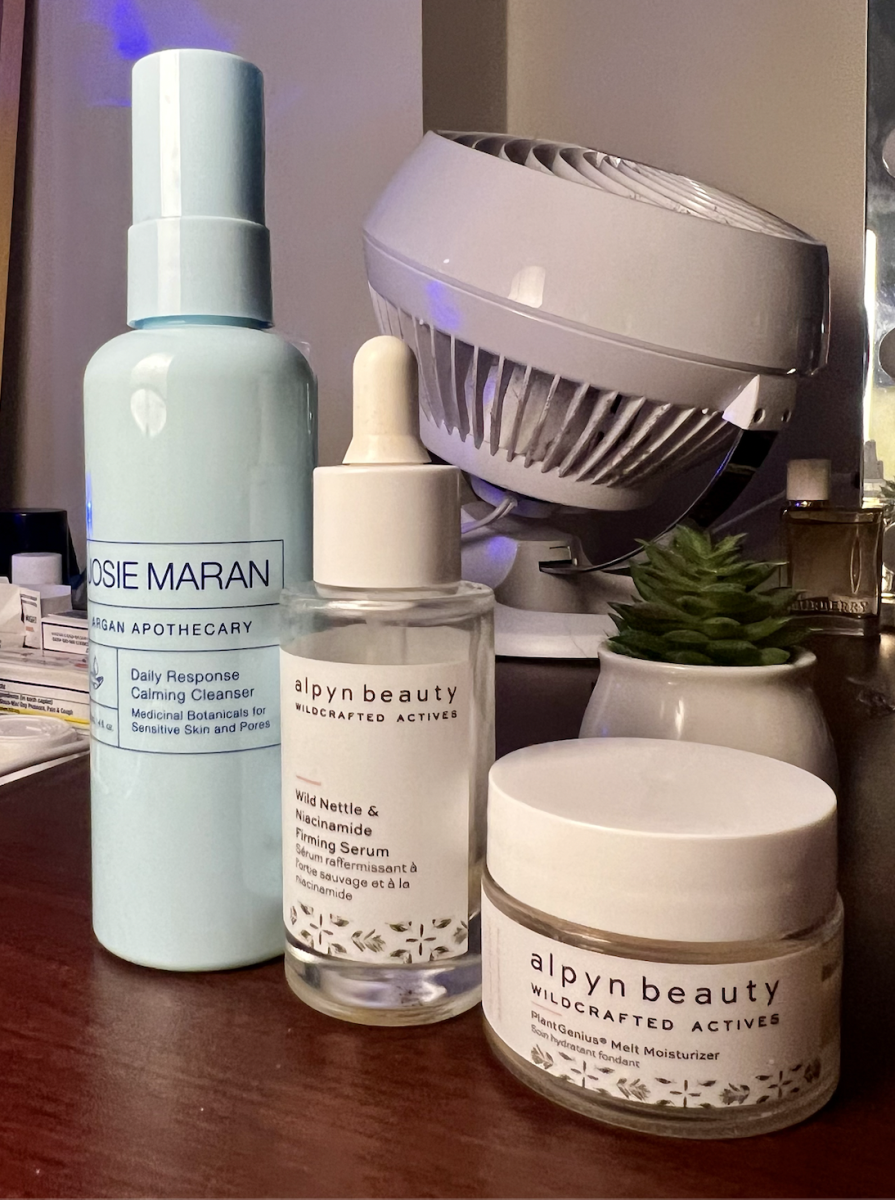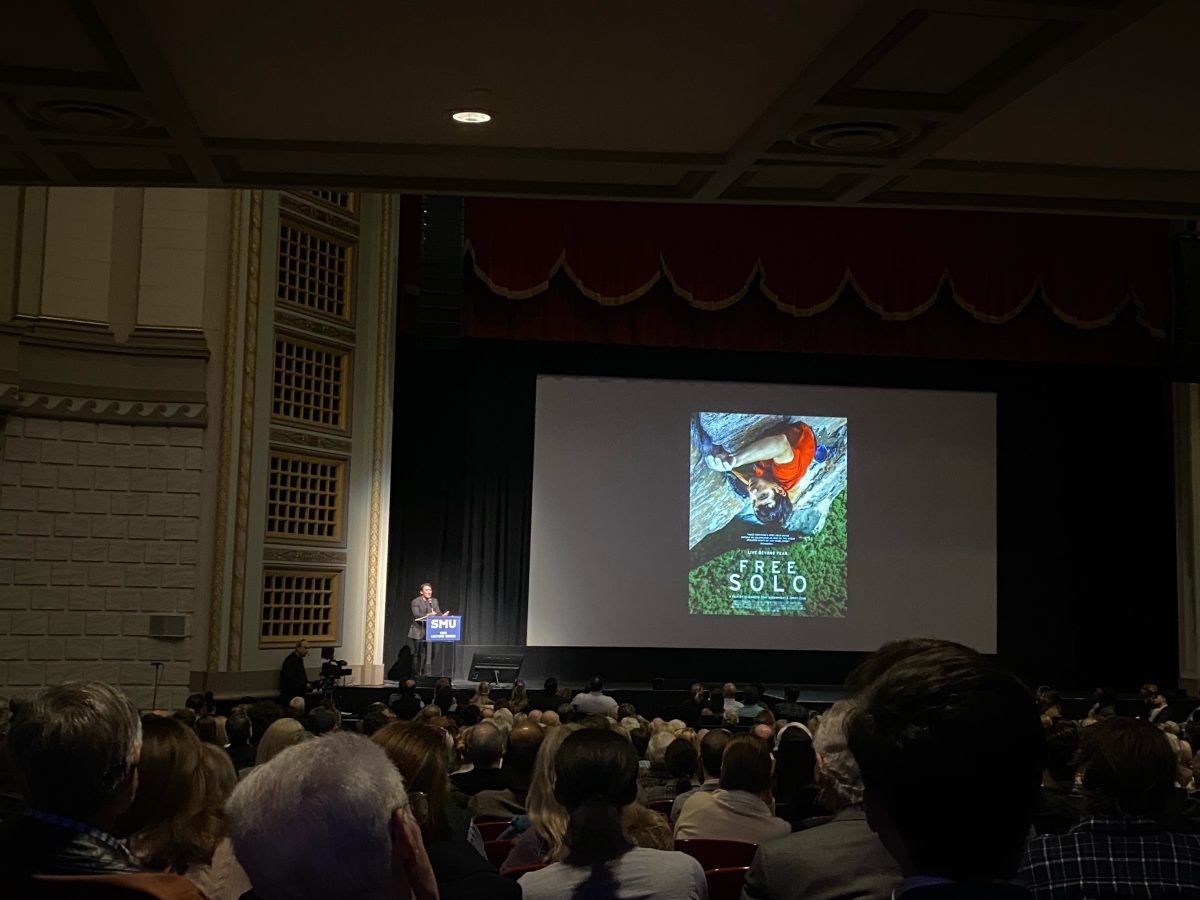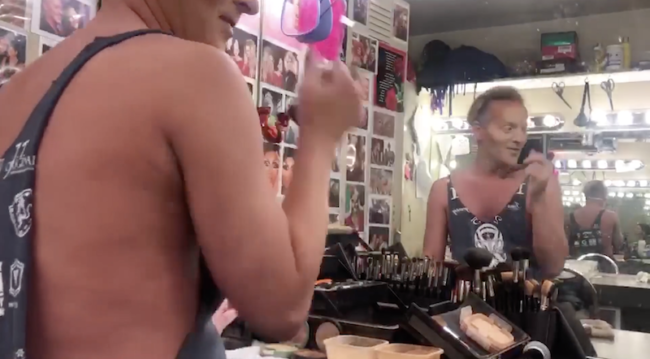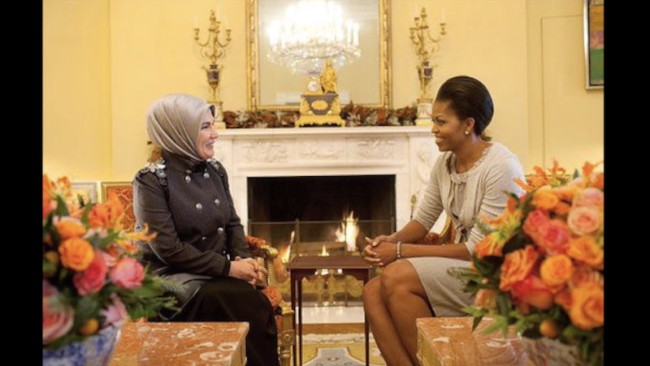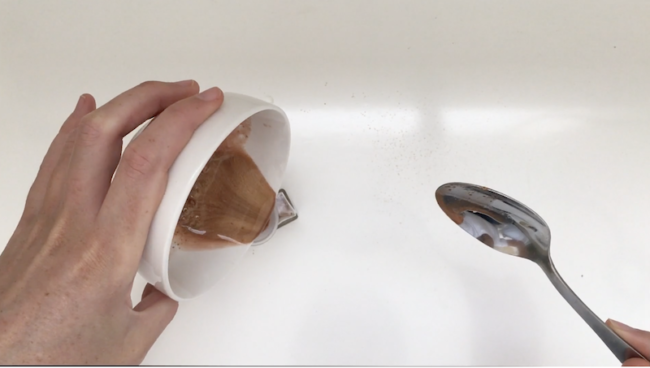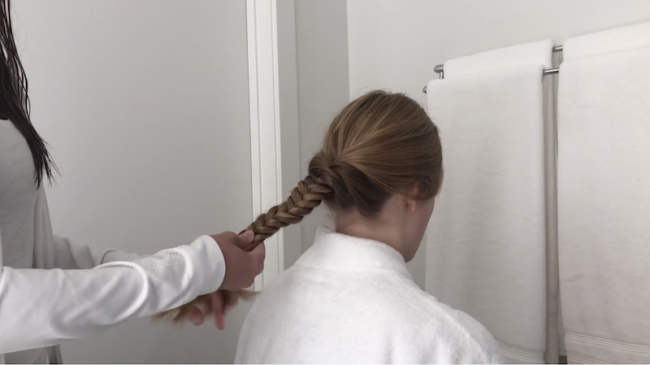Three years ago, Allie Knobbe was sitting in her Morrison McGinnis dorm room at SMU Facetiming with her mother when she was caught off guard: “Why is your henna tattoo still behind your ear?” Knobbe’s mom unexpectedly interrupted her. “Did you really get a tattoo?”
Yes. She really did. Knobbe, an SMU accounting major, got the tattoo during her senior year of high school when she lived in Huntington Beach, California. Immediately after getting the tattoo, Knobbe said she showed it to her mother, who thought it was temporary.
“After I realized that Allie had a real tattoo, I thought it served no purpose to be on her body forever,” said Dawn Knobbe, Allie’s mother. “But I have changed my opinion over the past three years and have grown to really like it.”
For Allie Knobbe, the dandelion she got behind her ear in high school represents flexibility and self-growth. Knobbe got a second tattoo on her foot while she was studying abroad in Copenhagen, Denmark during her junior year. The symbol “&live” reminds her to choose happiness whenever she can.
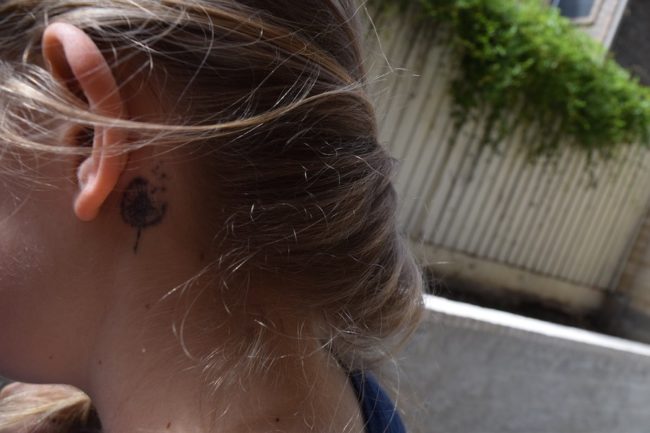
Hidden or easily concealable tattoos are becoming a common way for millennials to express themselves without advertising their ink to the public. Tattoos can have meaning to the person who has them although an outsider may not appreciate someone has permanently marked their body. Many parents, don’t want their children to get tattoos because it could hurt future job opportunities.
This concern is often passed down to students as they search for internships and jobs. For instance, one SMU senior male finance and biology major with tattoos declined to comment on this story because he feared it would impact future job prospects.
“The stigma around tattoos hasn’t really changed that much,” said Brandy Dalton, SMU Cox School of Business’s Career Center Assistant Director. “From a professional standpoint, I have yet to meet someone that doesn’t regret getting the tattoo they got when they were younger.”
Dalton suggests that if you are thinking about getting a tattoo, choose to get it in a place where you can conceal it. Even though companies are changing their business models to attract millennials, their view on tattoos haven’t necessarily changed. This applies to many of the companies that recruit on SMU’s campus, which range from large global corporations to small Dallas startups.
Knobbe has gone through accounting recruitment at SMU with her tattoos. Under advisement of the Cox Career center, she kept her tattoos covered during the recruiting process. During the time she spent in Los Angeles interviewing with EY, one of the “Big Four” accounting firms, she noticed that their L.A. office culture is less conservative than the Dallas office.
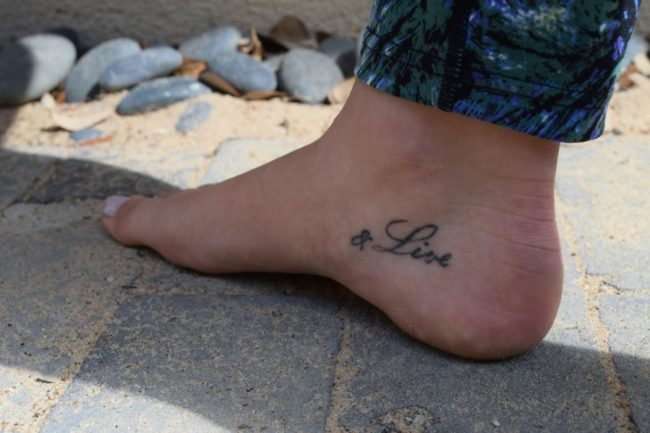
“One of the associates who took me to lunch has visible tattoos on his arms,” said Knobbe. “We talked about the office culture around them. He keeps them covered during client visits, but is free to display them at the EY office.”
In the past, old school tattoos were often in highly visible areas: think an anchor on a sailor’s forearm or an “I heart Mom” on a man’s chest. But millennials say they like to put tattoos in less visible, more personal places, such as on the back of their neck or in between their fingers.
“I wouldn’t have put my tattoo on my body if it wasn’t meaningful,” said Julianne Tanella, a sophomore biology major. “I put it where I did because it wasn’t meant to be shared with everyone.”
The symbol Tanella inked on the side of her abdomen means “God is greater than the highs and the lows.” After attending Kanakuka Christian summer camp in Missouri for twelve years, Tanella and her best friends got the same tattoo in honor of their experiences together. Tanella’s parents threatened to stop supporting her if she got a tattoo.
“I spent eight months deciding if this was something I really wanted on my body for the rest of my life,” said Tanella.
Tanella was able to hide her tattoo from her parents for a year and a half by wearing certain types of bathing suits and avoiding clothes that exposed her tattoo. After keeping her ink a secret for a year, Tanella told her parents instead of running the risk that they might spot it one day.

“I always told my girls that whatever they want to get permanently written on their body, they can just write on a sticky note instead,” said Dianne Tanella, Julianne’s mother. She doesn’t agree with what Julianne did, but Dianne doesn’t think that it changed who her daughter’s core values.
Natalie Buffett, a sophomore civil engineering major, got a tattoo against her parents’ wishes to connect herself with her Swedish origins. Buffet is a citizen of three countries: United States, Sweden, and Canada. Growing up in Sweden, she never truly embraced her Swedish heritage until her grandmother passed away. Since then, she has learned to speak Swedish fluently and embraces her Swedish origin. The crown tattoo on her side represents one of the set of three crowns on the Swedish flag. Her two god-sisters each have one of the other two crowns. The crown tattoos bring the three girls together through a special bond.
“My mom really didn’t like my tattoo at first, said Buffet. “But after seeing how I have accepted my Swedish family history she has started to understand it.”









